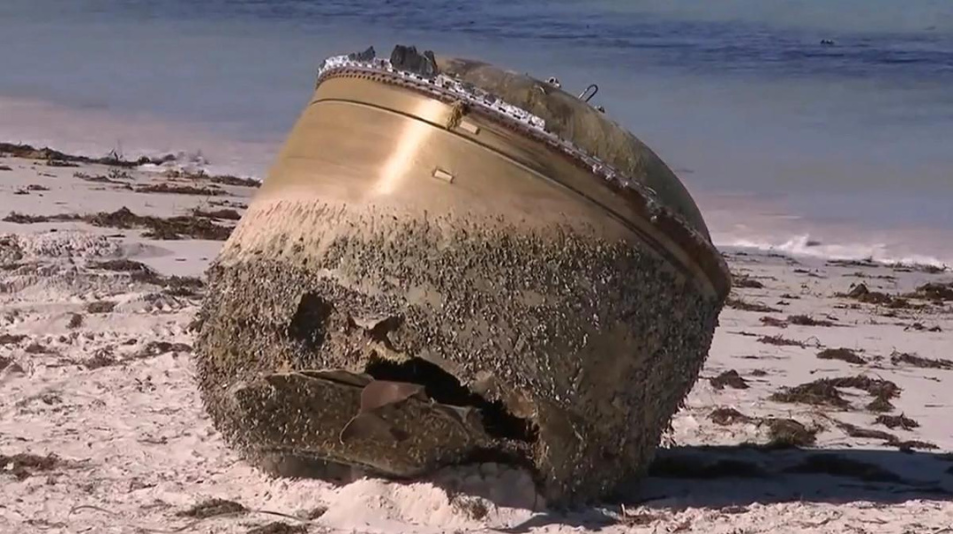
The Role of AI in Monitoring Orphaned Elephants in Botswana: A Step Towards Reviving the Woolly Mammoth
The woolly mammoth, a species that has been extinct for 4,000 years, continues to captivate biologists. Colossal, a US biotech startup, is ambitiously planning to bring this species back to life. The company’s bold plan involves creating a genetically engineered Asian elephant-mammoth hybrid and introducing it to the Arctic tundra. This project, backed by millions of dollars, has sparked both interest and scientific skepticism.
The Challenges and Potential Solutions
To make this audacious plan a reality, Colossal must overcome numerous challenges, including creating the animal’s genetic sequence, successfully fertilizing an egg, and carrying it to term. However, the birth of the hybrid is just the beginning. The question of how these animals will survive in the wild is one that will take a lifetime or more to answer. To find potential solutions, Colossal is turning to a group of elephants in Botswana.
Collaboration with Elephant Havens
Colossal has partnered with Elephant Havens, a wildlife foundation based in the Okavango Delta that cares for orphaned elephants. Founded in 2017, Elephant Havens will collaborate with Colossal on a comprehensive data-gathering operation. This operation will use artificial intelligence (AI) to analyze the elephants’ behavior and pair it with genomic data on each elephant. The findings could provide a blueprint for releasing the elephants into the wild and mammoth hybrids to the tundra.
The Role of AI in Elephant Conservation
The collaboration brings together Elephant Havens’ expertise and AI modeling. It also incorporates genetic data to gain insights into the elephants. Stationary cameras are set up to capture videos of the elephants. These videos are then meticulously analyzed by handlers. The handlers convert the analyzed content into data points. These data points serve as lessons for an AI system to comprehend elephant social behaviors. As the system receives more data, its understanding of elephant behavior improves. This understanding could be pivotal for the successful rewilding of mammoth hybrids.
The Future of Elephant Conservation and De-extinction
Ben Lamm, the founder of Colossal, firmly believes in the significant role of AI in animal research. Currently, the company is undertaking the task of sequencing the genomes of the orphans at Elephant Havens. They plan to pair these sequences with findings from their AI-based research. This pairing could shed light on the traits individual elephants might pass on. The insights gained from this research are contributing significantly to Colossal’s ongoing efforts to construct the genome of a mammoth-elephant hybrid. Ultimately, Colossal aspires that the scientific breakthroughs achieved in their quest to create a hybrid could serve as valuable resources for others in the field of animal conservation.
The ambitious project of reviving the woolly mammoth by Colossal is not just about de-extinction. It’s also about leveraging technology for animal conservation. By using AI to understand elephant behavior and pairing it with genomic data, the company hopes to make a meaningful difference in elephant conservation in the next five to ten years.


